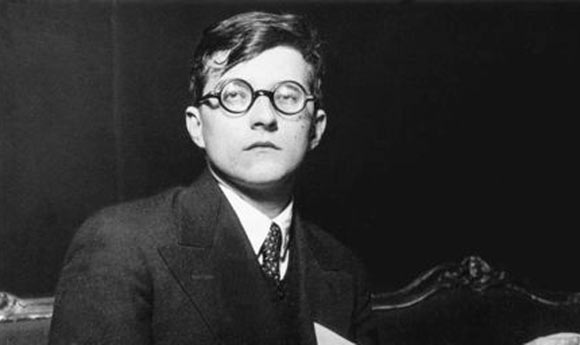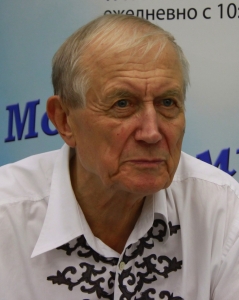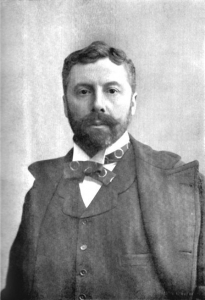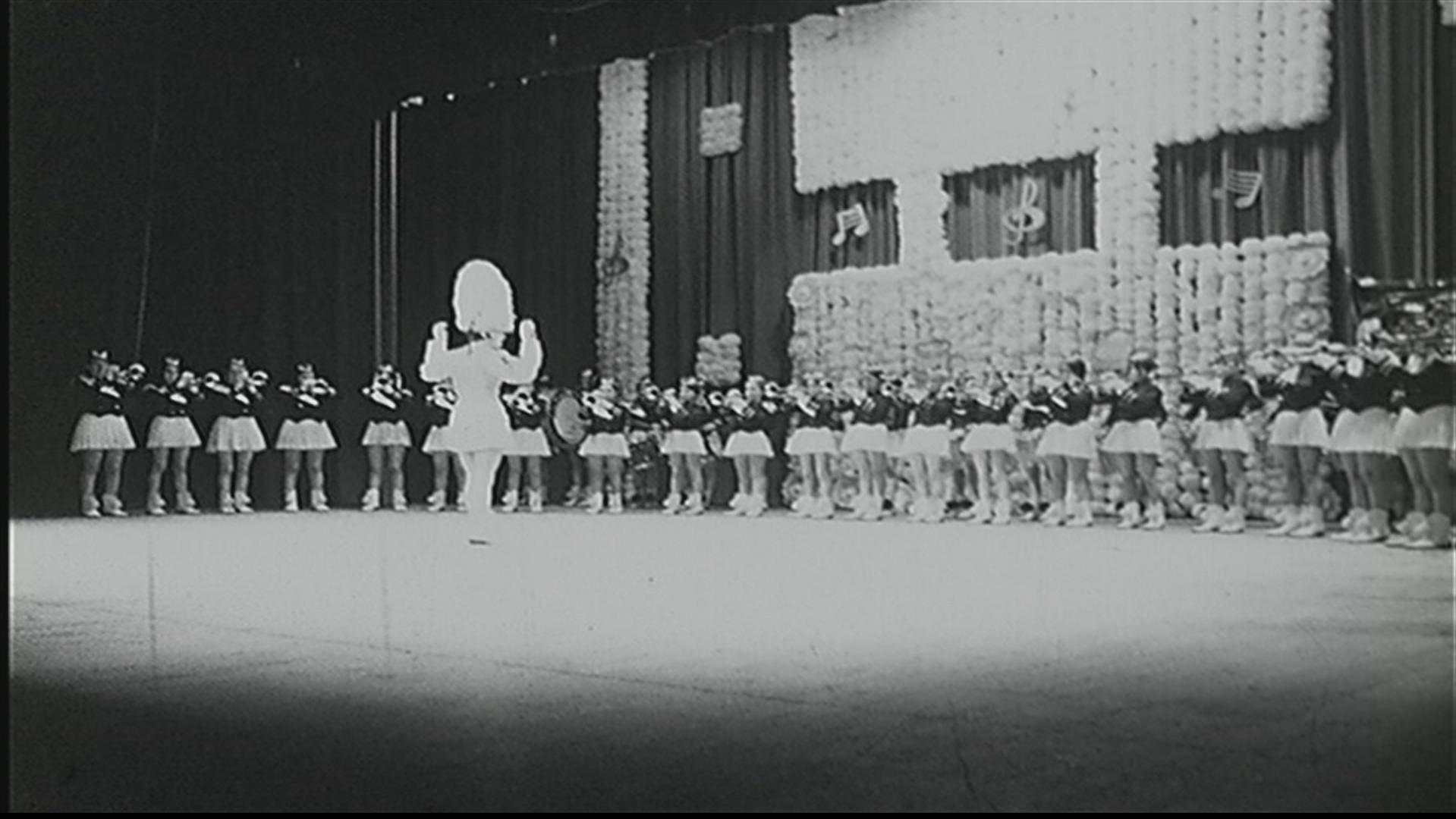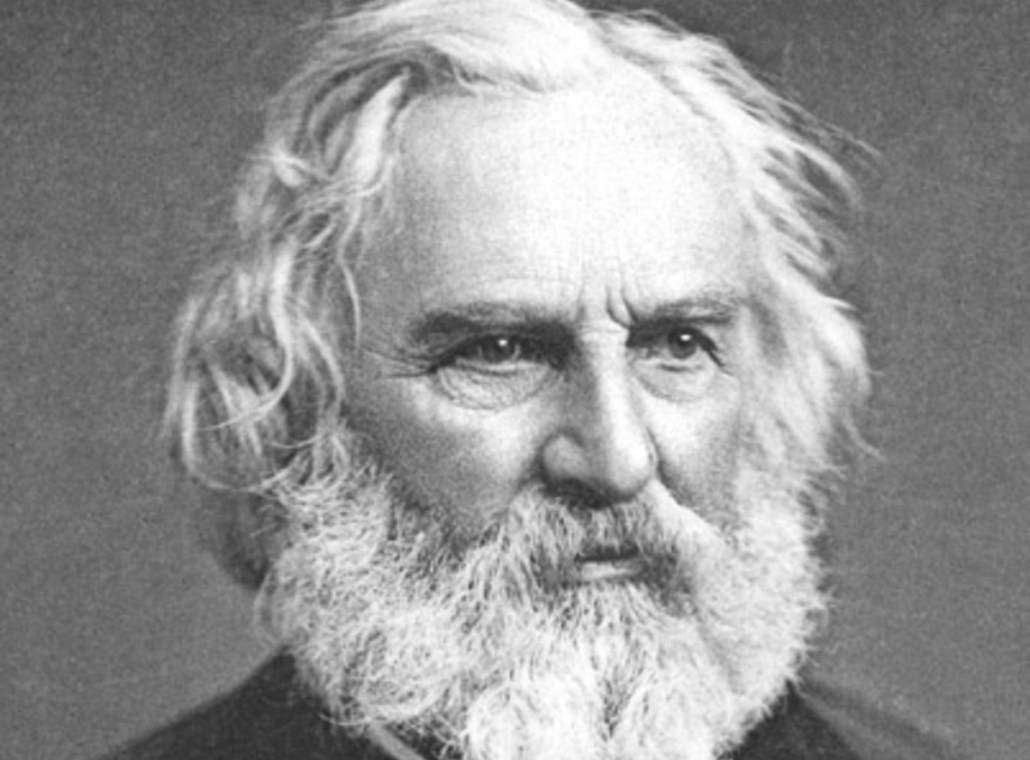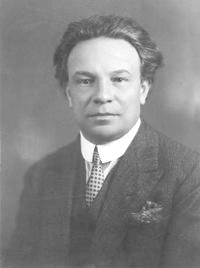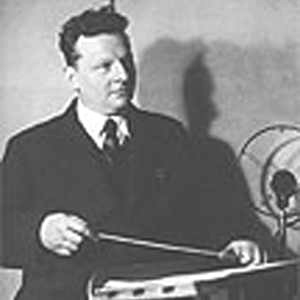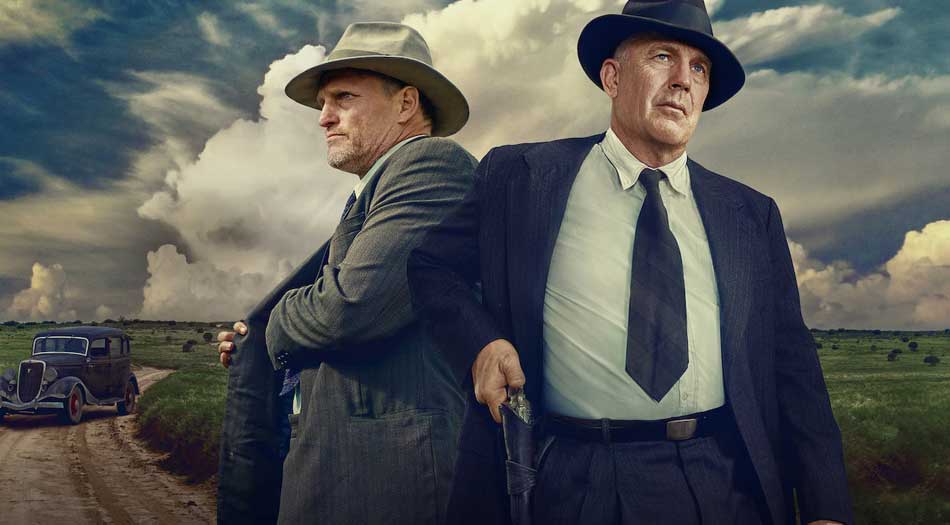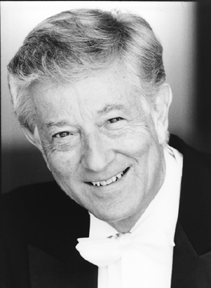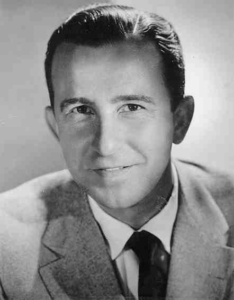REVIEW POTPOURRI: John Greenleaf Whittier
 by Peter Cates
by Peter Cates
John Greenleaf Whittier
After barely making ends meet for decades, Quaker poet/abolitionist John Greenleaf Whittier (1807-1892) hit paydirt in 1866 with the publication of Snowbound, an account of an 1800s family stuck inside the farmhouse during a beautiful blizzard and getting some quality time during its duration. I plan to write about him and other New England poets from his lifespan years in future columns, along with the sustaining of a commitment to Maine ones that has been on-going. The richness of the New England literary landscape in both its major and minor poets is beyond measure.
This week, I present several verses from another poem of Whittier’s, Amy Wentworth, in which he traces a heroine he modeled on those to be found in Portsmouth, New Hampshire, early colonial society of the 1600s, a group of people less Puritan than that of Boston, Massachusetts:
Her fingers shame the ivory keys
They dance so light along;
The bloom upon her parted lips
Is sweeter than the song.
O perfumed suitor, spare thy smiles!
Her thoughts are not of thee;
She better loves the salted wind,
The voices of the sea.
Her heart is like an outbound ship
That at its anchor swings;
The murmur of the stranded shell
Is in the song she sings.
She sings, and smiling, hears her praise,
But dreams the while of one
Who watches from his sea-blown deck
The icebergs in the sun.
She questions all the winds that blow,
And every fog-wreath dim,
And bids the sea-birds flying north
Bear messages to him.
She speeds them with the thanks of men
He perilled life to save,
And grateful prayers like holy oil
To smooth for him the wave.
Notice Whittier’s gifts as a storyteller in these verses and a general theme of true love!
For what it’s worth, before Whittier’s success with Snowbound, with which he made $10,000, he was supposedly quite lacking in social graces and wasn’t attracting the interest of women at all. After success, he was bombarded with marriage proposals and one woman went so far to buy a house next to his farm in Haverhill, Massachusetts, to have him within easy reach of her tempting tentacles.





